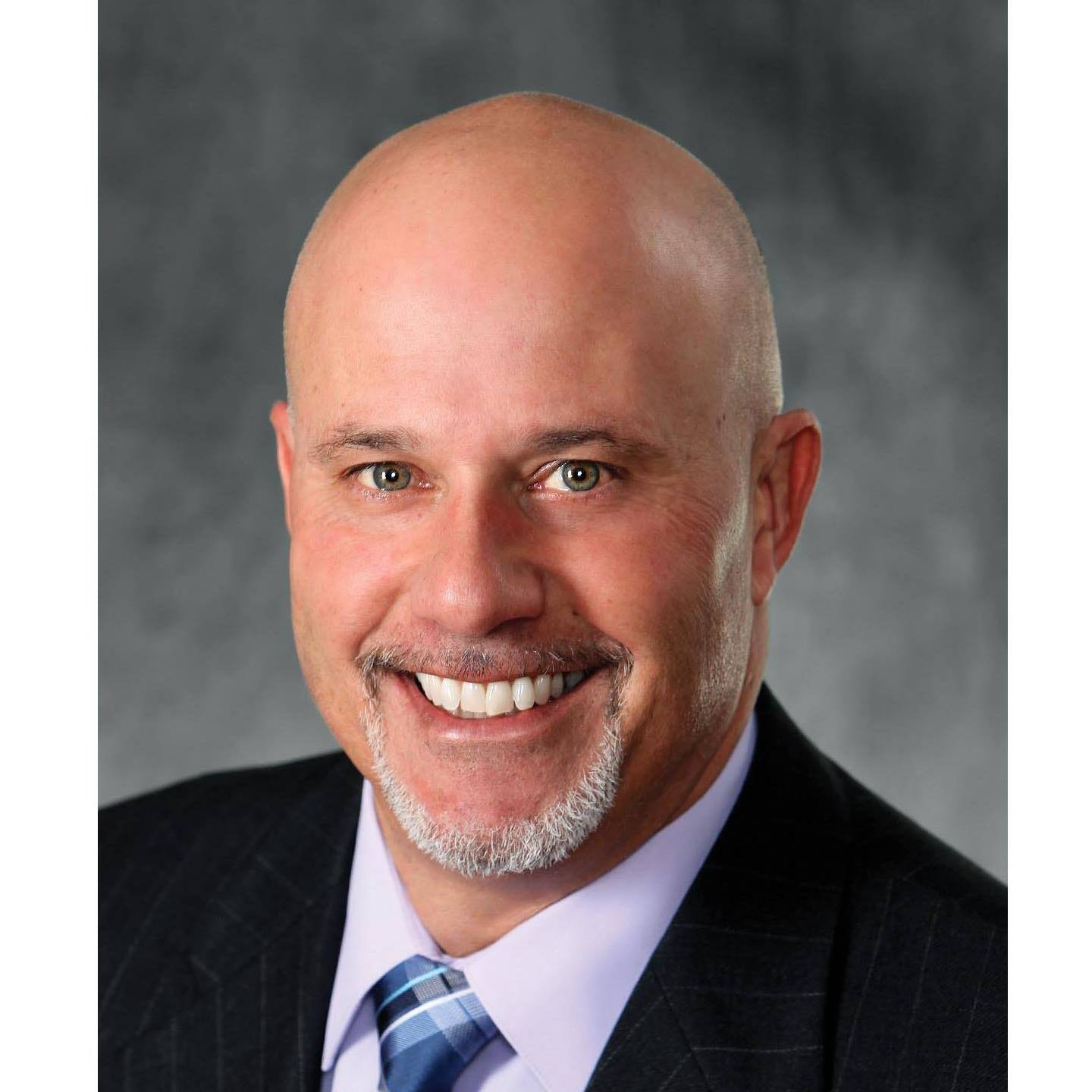Email: [email protected]
 Most of the time, we build homes to our taste rather than to their environment. And while it’s important to have a home that you love to look at, it’s also necessary to take your local climate and surroundings into account.
Most of the time, we build homes to our taste rather than to their environment. And while it’s important to have a home that you love to look at, it’s also necessary to take your local climate and surroundings into account.
One of the best up-and-coming home architecture styles features something called “passive solar” design.
In today’s post, I’m going to introduce you to passive solar and talk about why so many homeowners are choosing passive solar homes in today’s age of rising energy costs.
Passive solar homes utilize four main things to ensure the lowest possible energy usage:
The building site
The area’s climate and weather
Strict building standards involving top quality materials and airtight construction
Let’s talk a bit about how these three features help make passive solar homes the most energy efficient homes currently available.
Choosing a site for a passive home can be a complicated and scientific endeavor. In colder climates, this means allowing the home to utilize as much sunlight as possible. The building site, therefore, has to take into account the sun’s path throughout the year to provide the home with the best angles for maximum sunlight.
Since sunlight travels lower on the horizon in the winter months and higher in summer months, roofs and overhangs are designed to let in maximum light in the winter time and block out light that would overheat your home in the summertime.
Airflow throughout your home is vital to maintaining comfortable temperatures year-round. Passive homes rely on a heat exchanger system that uses heat from warm areas of your home to heat air that is vented in from the outside.
This means that the air in your home is constantly being circulated and heated without relying on too many outside sources.
Building materials are another key part to passive solar homes. To make an airtight home, special types of sealing and insulation is used.
Furthermore, insulated areas of your home are designed to absorb sunlight throughout the day and slowly release heat after the sun goes down, providing a natural source of heat for the entire 24 hour cycle.
While making a home adhere to passive house standards typically requires planning at the construction phase, there are some ways to utilize passive solar techniques in your current home.
Making your home airtight, using thermal mass to slowly heat your home overnight, and taking advantage of heat from the sun are all things that can be retrofitted to a home.
Making these improvements can take time, especially if you plan to change window locations or build an overhanging roof. However, you might find that the upgrades will save you money on energy costs and add to the resale value of your home.

Active in residential brokerage since 1985, Michael enjoys a loyal following of past buyers and sellers. Prior to entering brokerage, he studied culinary arts and managed restaurants in the Boston area. Born and raised in Newton, Michael is very familiar with the Greater Boston area. His seven-day-a-week commitment to his profession serves his clients and customers well. His educational background includes The Johnson & Wales Culinary Institute, The Lee Institute for Real Estate, and The Tom Hopkins and Floyd Wickman Sales Training courses.
In recognition of his completion of the prescribed courses in real estate practice and ethics, Michael has earned the distinguished GRI (Graduate, Realtor Institute) designation. He continues his long-standing membership in the National Association of Realtors and is an avid fly fisherman, musician, and outdoor enthusiast.
Michael was awarded the International President's Circle Award for sales expertise, market knowledge, and dedication to clients for 2020 and 2021. In 2022 and 2023 he was awarded the International Presidents Elite Award, representing the Top 2% of Hammond Residential & Coldwell Banker Agents Worldwide, for demonstrating exceptional sales production, ambition and his commitment to the Real Estate Industry.